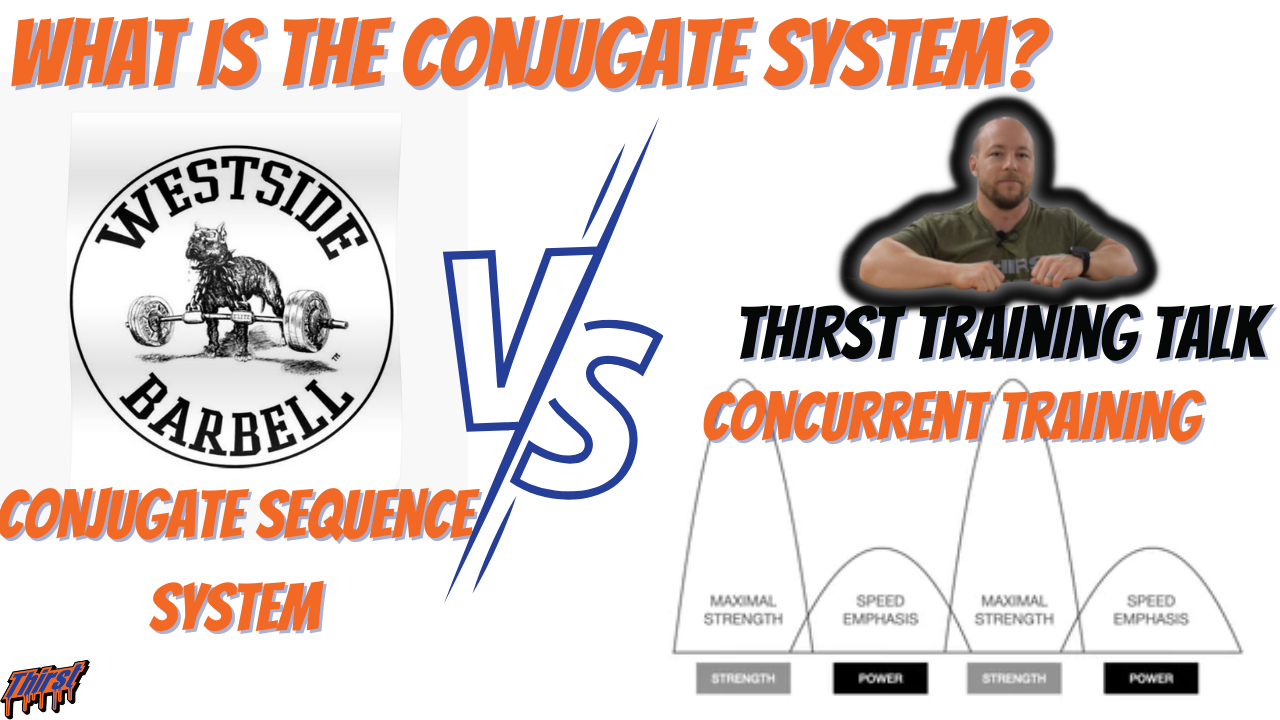Categories: Coaching, Education, Personal Training, Powerlifting, Sports Performance, Update, Video
Tags: BodybuildingCoachingConjugateDave TateEducationEliteftsFitnessHealthIndianaLouie SimmonsNSCAPersonal TrainerPersonal TrainingPlyometricsPowerPowerbuildingPowerliftingProgrammingSpeedSports Performance TrainingStrength and ConditioningTerre HauteTerre Haute Intensity Resistance and Sports TrainingTHIRSTTHIRST GymTrainingVideoWestside Barbell
Share this post








